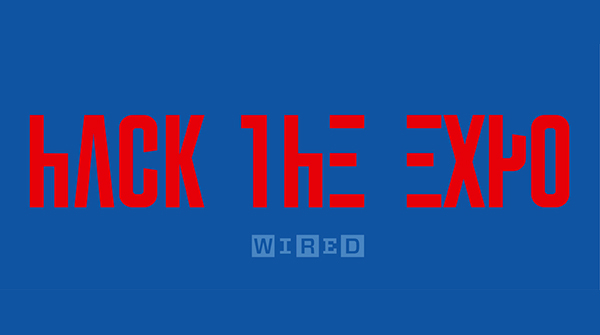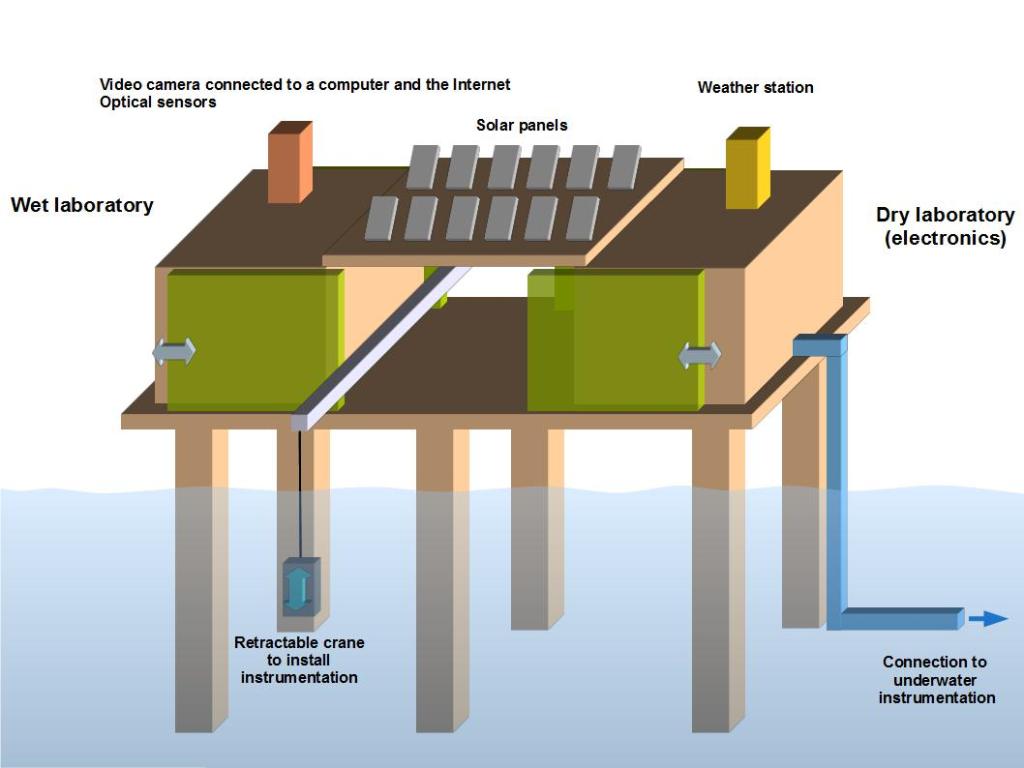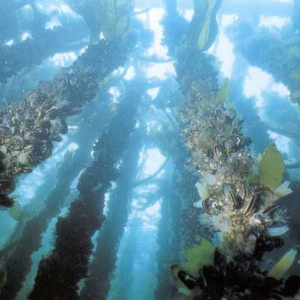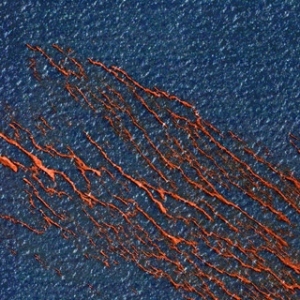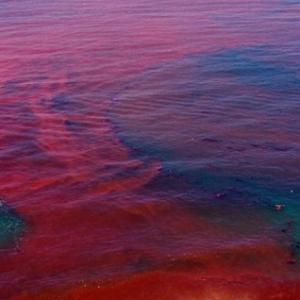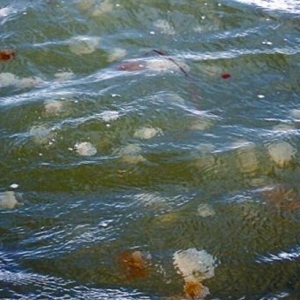Data Clippers, the project 1000001 Labs sent to Wired, has been selected for the semi-final of Hack The Expo, where the 21 projects that will participate in the final on October 4th in Milan will be chosen.
We will present the project at the ExpoGate’s Leonardo Space in Via Beltrami 2 (Castle Square) at 10.30 am Tuesday, September 30.
We will have 3 minutes to present our idea, answer their questions and convince them that our one is one of the 21 projects to bring to the final on Saturday, October 4th. We are getting ready!
We will try to create together with Wired part of the program of FuoriExpo, the alternative schedule at the Universal Exposition of 2015.
“Take the blue pill, the story ends: tomorrow you’ll wake up in your room, and believe what you want. Take the red pill, you stay in Wonderland and I show you how deep the rabbit hole goes .” This time to propose to ingest one of the two pills is not Morpheus but Wired, asking us not to wake up and get out of the Matrix, but hacking the Expo and make it ours. A call of the wild that they called Hack the Expo: to which they dedicated the April issue, a section of the site and which now takes the form of a live event that will be held in Milan in October, open to designers, companies, students, groups of people of every field of knowledge, experience, tired of waiting for solutions from outside and who want to do for themselves.
Stealing thoughts and words from Wired’s artistic director, Franco Bolelli , “for us the universal exhibition is a unique opportunity to liberate those who make and build, who expand borders, those who invent, make mistakes and innovate, from the traps of the marginality, albeit prestigious, of the underground, and finally put them at the center of the scene. Not as whimsical, brilliant creative people, but as evolutionary prototypes, as new, more advanced, more comprehensive models of thought, planning, communication, life.”
We have chosen the red pill and are finding out “how deep the rabbit hole” of Hack the Expo is.
Here is the project we sent to hack the Universal Exhibition:
One Million and One Labs is aiming at launching an Aquatic Monitoring Hackerspace, and a fleet of monitoring buoys that are cheap, small, and ultra-efficient. Their up-to-the-minute measurements of the rivers and seas will give us data that could upend industries, transform economies, have a social and environmental impact, and even help in living tomorrow.
It is remarkable how few new data of the aquatic environment and of aquatic biodiversity we get to lay eyes on. In Europe, after several governments cut their monitoring budget, to know the quality of the water is even more difficult. Because so few data make their way from the rivers and seas every day, and even fewer reach the eyes of the public (and we do not have, yet, any Google River View) we can fool ourselves into thinking that the status of the rivers and seas barely changes.
Many of the most economically and environmentally significant descriptors of rivers and seas water quality, from fluorescence (to measure phytoplankton and oil) to color to transparency, conductivity, temperature, depth, salinity and optical backscatter (to measure the “impurity” of water) can be monitored in one way or another by sensors from aquatic instruments. So, while big data companies scour the Internet and other online sources to glean insight into consumer behavior and economic production around the world, an almost entirely untapped source of data, rivers and seas data, is waiting to be exploited to improve general welfare.
Data from the rivers and seas
What can you really learn from Data Clippers sensors? Quite a lot of crucial data to companies, scientists, and governments:
Wired chose, in their sole judgment and discretion, the 100 more challenging and innovative projects. Together with a jury panel, they are starting a marathon of screening and selection: the best projects will go to the October’s final event in Milan. But only three will get the support of Wired, and its business partners.
Now, we have been contacted and invited to present Data Clippers live in Milan.
We’ll have three minutes of time to convince the public and jury to vote for Data Clippers…
1000001 Labs
B ºC N
Spain
